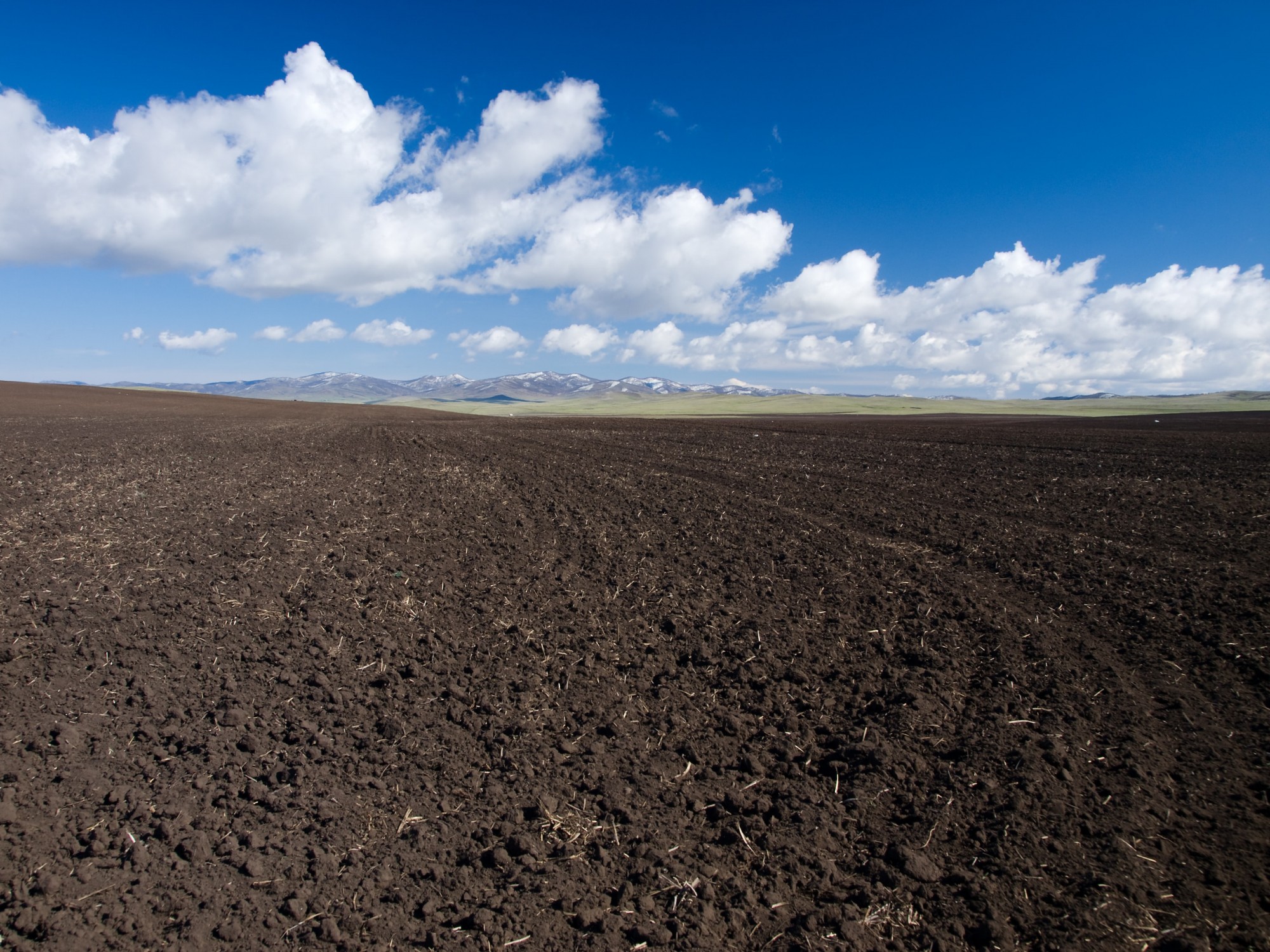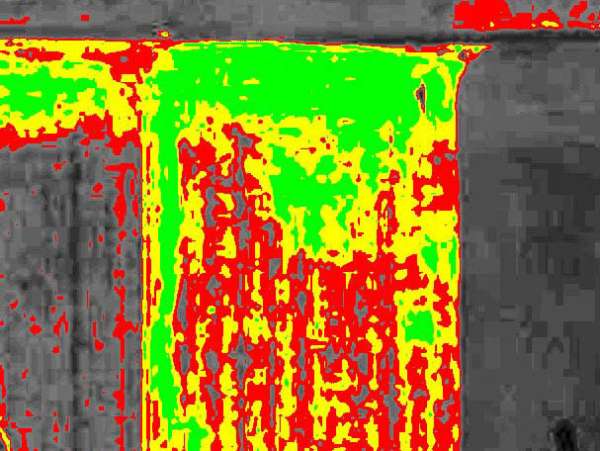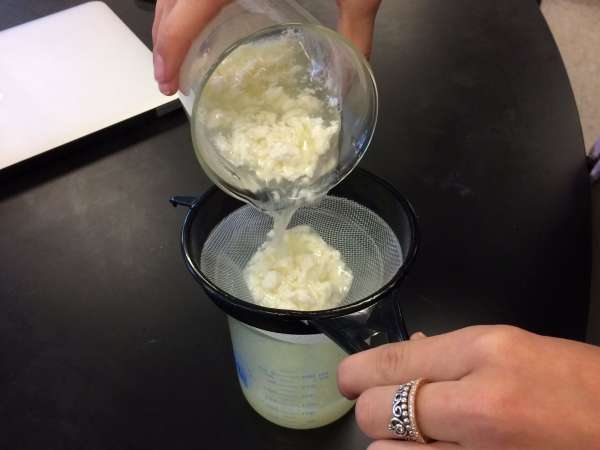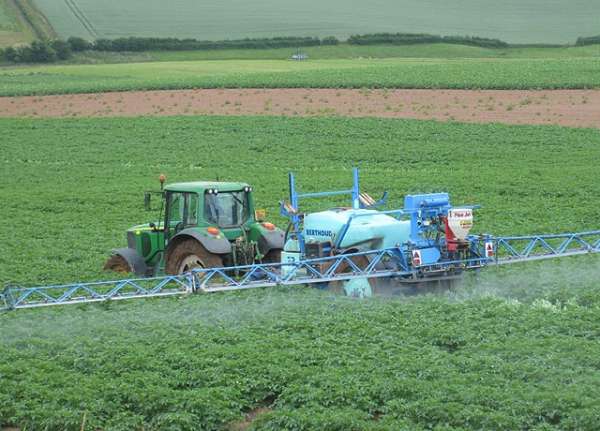pH in soil
What is the variability in pH of soils across a field?
Soil tests show the pH and nutrient amounts in a field. Soil chemistry determines the amount of root growth, the amount of nutrients that can be held in the soil, and the ability of plants to take in and use those nutrients. But why is pH important and what are the consequences of different levels of pH? See teacher background →
Lessons
Teacher background
The level of pH is measured on a scale of 1–14, where the lower numbers represent acids (have more hydrogen ions H+) and the higher numbers represent bases (have more hydroxide ions OH–). A measure of 7 is neutral. The scale is logarithmic, meaning that the difference between a pH of 5 is 10 times more acidic than a measure of 6; a measure of 9 is 10 times more basic than a measure of 8.
Most plants need a pH between 6.5 and 7.5 to grow and thrive, or yield seed. In Ohio, the top seeds grown by farmers are soybeans, corn, and wheat. If a field has a wide variability of pH, a farmer may have to apply a product to adjust pH. The product most commonly applied is lime (crushed limestone) that helps to adjust the pH to more basic or higher pH.
Next gen science standards
Science and engineering practices
- Analyzing and interpreting data
- Using mathematics and computational thinking
Crosscutting concepts
- Scale, proportion, and quantity
Disciplinary core ideas/content
- ESS2A Earth materials and systems
- LS1D Information processing
- LS2A Interdependent relationships in ecosystems





Share this